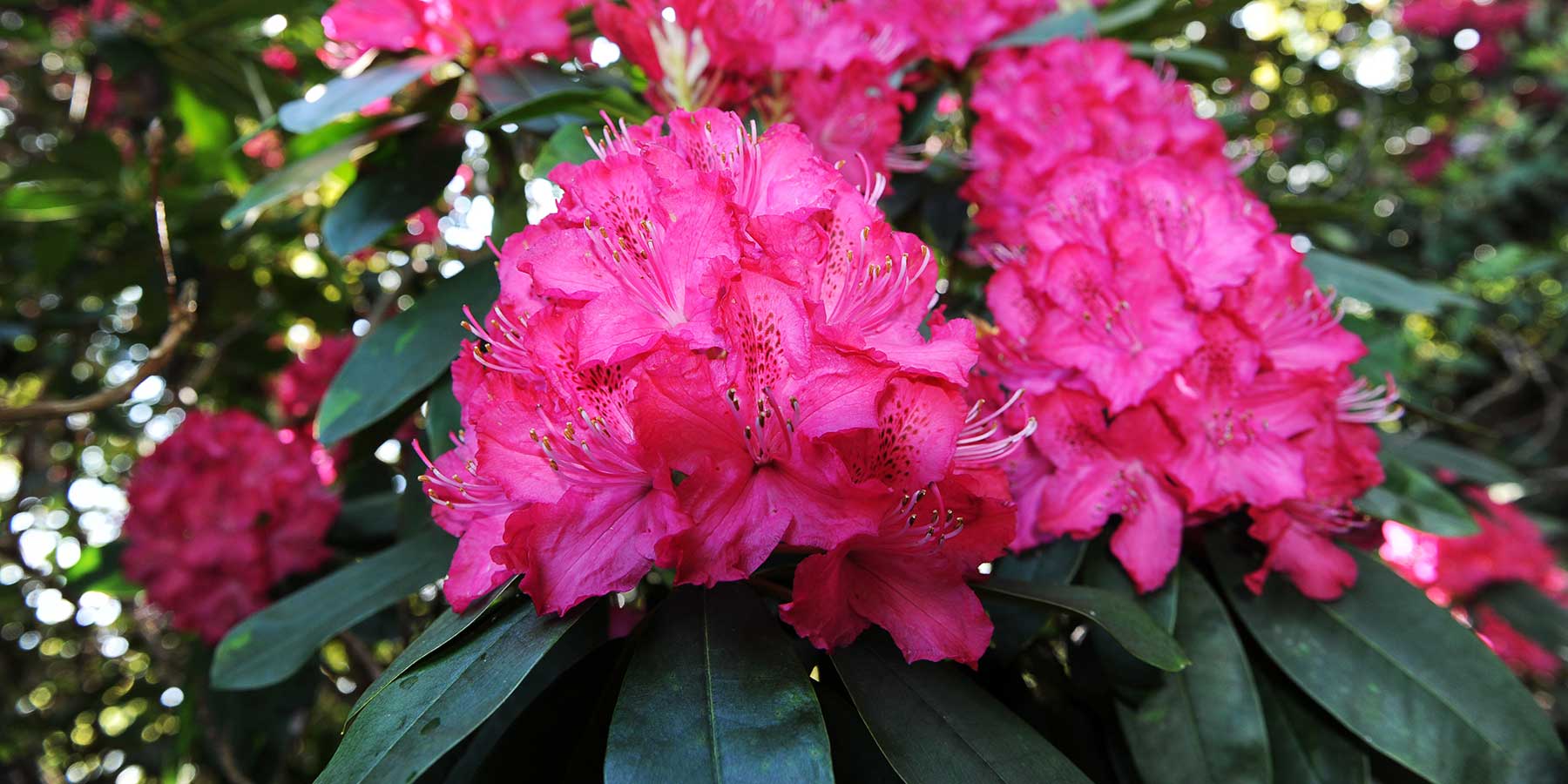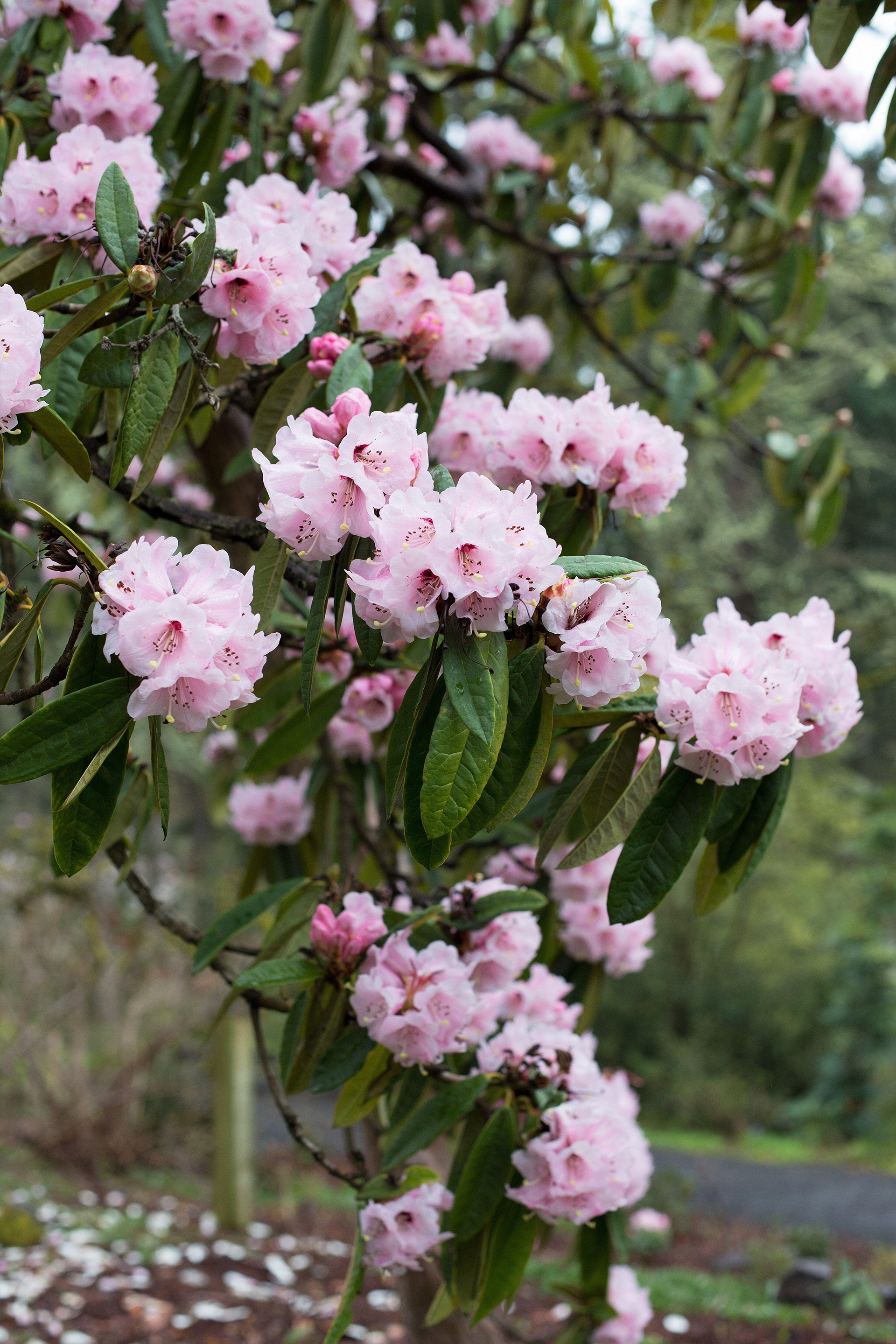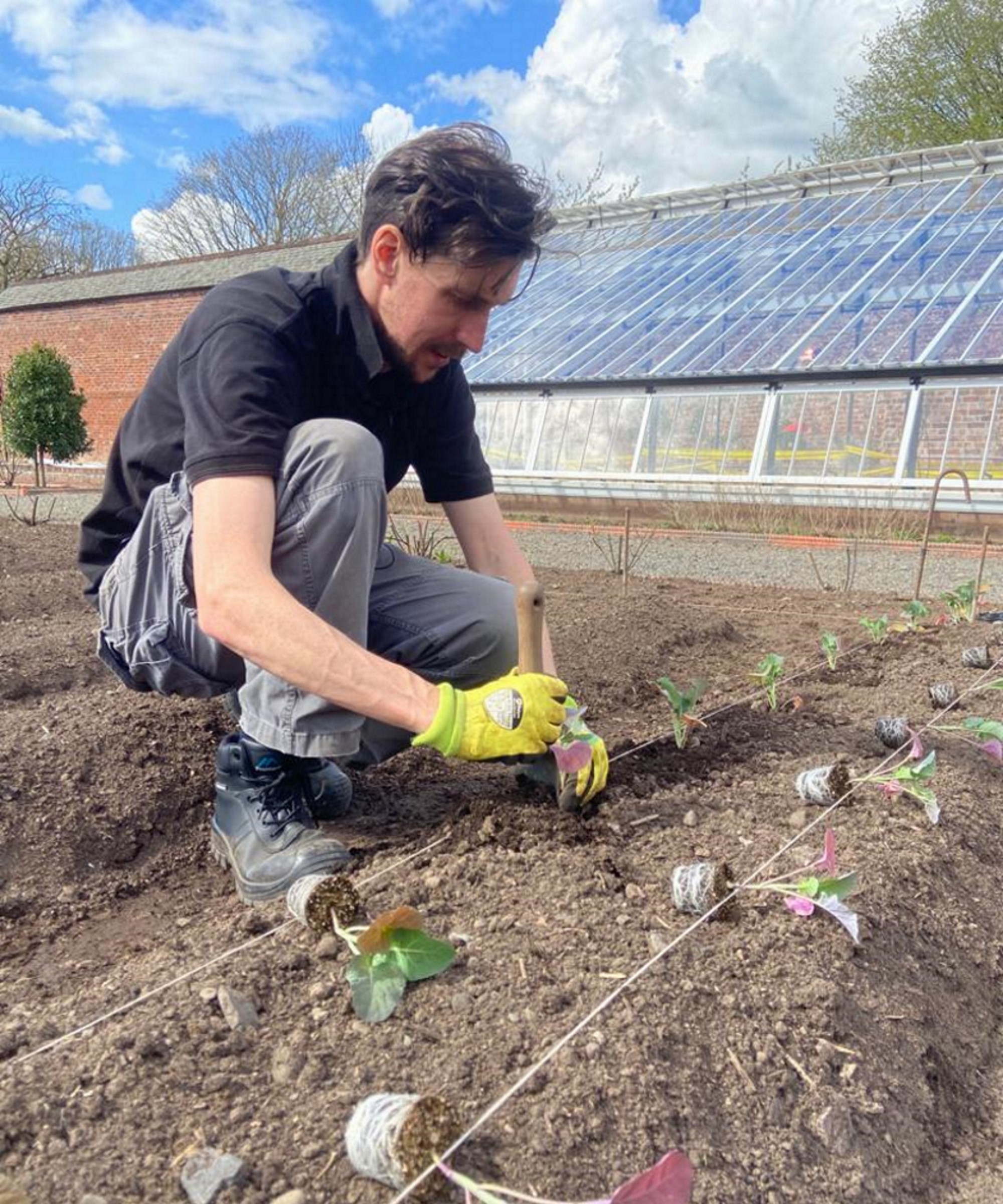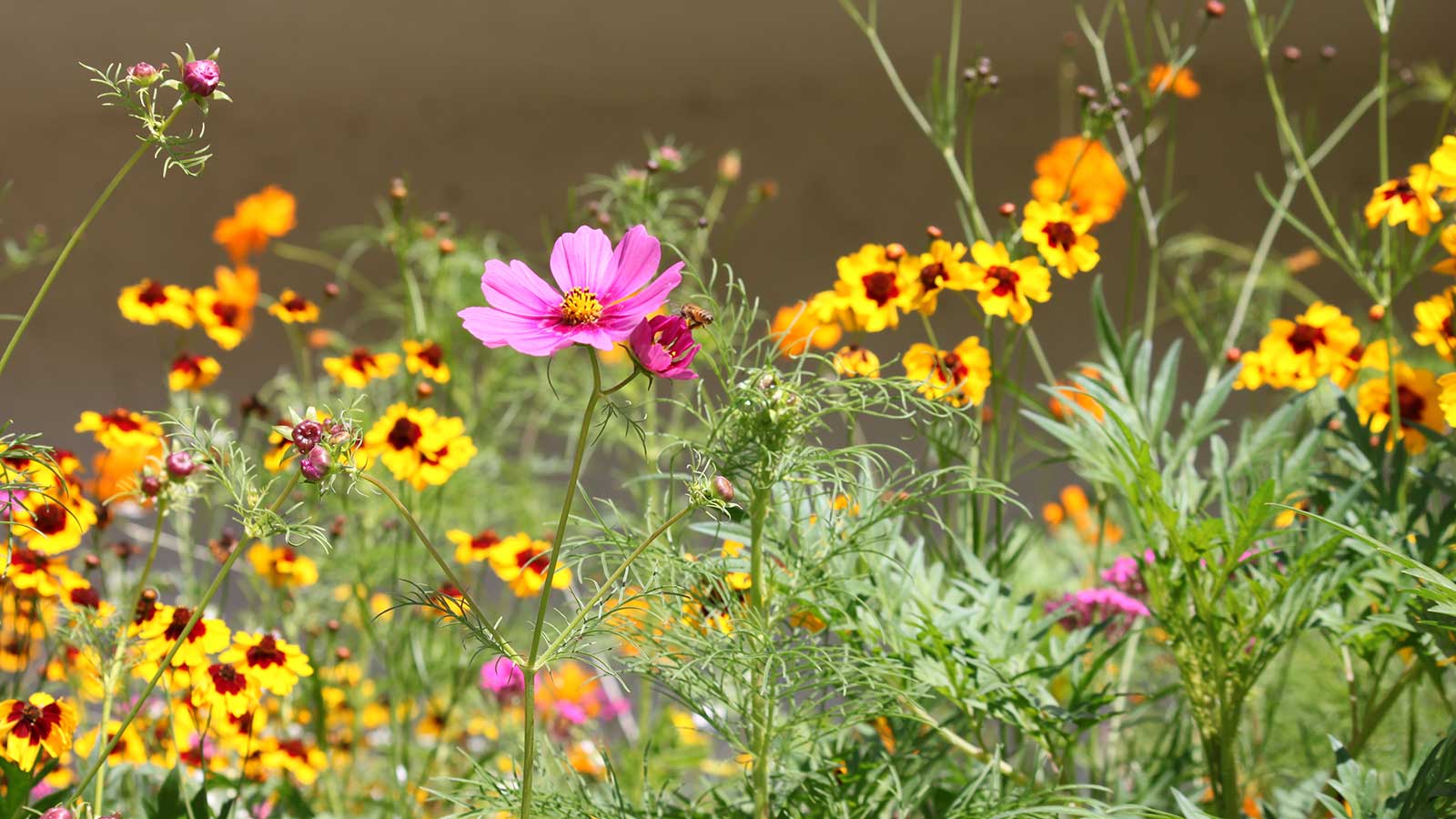How to propagate rhododendron – expert ways to cultivate new plants
Discover the alternatives for propagating rhododendron to enjoy more bold blooms in the backyard


Propagate rhododendrons and you can multiply the number of impressive displays of flowers you enjoy in your garden. What’s more, creating plants this way means you don’t have to spend out to create a collection of these shrubs.
Rhododendrons are a top choice for flower bed ideas. Typically large or medium-sized, these glossy-leaved shrubs produce blooms in purple or pink or colors such as yellow, orange, and red for the yard once you know how to grow rhododendrons.
There are a few different ways to propagate rhododendrons: from seed, cuttings, or by layering. These are the ways to get more rhododendrons with advice from gardening pros.
3 ways to propagate rhododendrons
Rhododendrons shouldn’t prove hard to propagate. However, you should be aware that hybrids and cultivars should be grown from cuttings or by layering as only species plants come true from seed– that is with the same characteristics as the parent plant.
One word of warning, too. Rhododendron ponticum is considered to be invasive in the UK and Ireland, and some parts of the US, so check before planting.

1. Propagate rhododendron by layering
Layering is an easy way to propagate rhododendron, although you will need patience. ‘Layering requires finding a lower branch on a plant that can be held down onto the soil without snapping, and then pegging it down into the ground and covering it with a layer of soil,’ explains H&G’s gardening expert Drew Swainston.
‘Cut a slit in the stem where it meets the soil and apply hormone rooting powder. It can take up to three years to become fully rooted and progress should be checked each year. Once the growth looks vigorous after a few years then the branch can be separated from the mother plant.’

Drew qualified as a journalist before studying for a horticulture qualification, after which he worked as a professional gardener for several years, specializing in kitchen gardening. He’s now bringing his expertise and passion to Homes & Gardens as a member of our team.
2. Propagate rhododendron from cuttings
It’s possible to create new plants by taking cuttings from rhododendrons. ‘To begin, you will need a sharp and clean pair of pruning shears or scissors,’ advises Susan Brandt, co-founder of Blooming Secrets. ‘Choose a healthy branch from the rhododendron that is approximately 4 to 6 inches long and has several sets of leaves. Next, make a clean cut just below a set of leaves or leaf nodes using your pruning shears or scissors. Remove any flowers or buds from the cutting to allow it to focus on root development instead of flower production. Once you have your stem cutting, remove any lower leaves from the bottom two-thirds of the stem. This will expose nodes where roots will form. Dip the bottom end of the cutting in rooting hormone powder to promote root growth.
‘Prepare a well-draining rooting medium such as potting mix or peat moss mixed with perlite or vermiculite in a small container with a drainage hole. Moisten the medium slightly before inserting your stem cutting into it. The cutting should be about 2 inches deep.
‘Place your container in an area with bright but indirect light and maintain humidity around the cutting by covering it with a plastic bag with holes in it for air circulation. Mist lightly if necessary to keep moisture levels consistent. Check the cutting regularly and ensure that the soil remains slightly moist but not waterlogged during this rooting process, which typically takes several weeks or longer depending on various factors such as temperature and variety.
‘Once roots have developed sufficiently, you can transplant your rooted cutting into individual pots or directly into the garden, provided the weather conditions are suitable.’
3. Propagate rhododendron from seed
As noted above, rhododendrons can be grown from seed, but use this method for species types not hybrids or cultivars. ‘When it comes to propagating rhododendron from seeds it’s important to collect ripe seed capsules from a mature rhododendron plant,’ explains Susan Brandt. ‘These capsules should be dark brown and starting to split open. Once you have collected the seed capsules, gently open them to reveal the small seeds inside. The seeds are long and narrow and slightly raised in the middle. It’s crucial to handle the seeds with care as they are delicate and can easily be damaged.
‘Prepare a potting mix that is well-draining and slightly acidic. A mixture of peat moss, perlite, and sand works well for rhododendrons. Fill small pots with this potting mix. Sow the rhododendron seeds on the surface of the potting mix and lightly press them into the soil. Avoid burying them too deep as they require light for germination.
‘After sowing the seeds, mist the soil lightly with water to provide moisture without saturating it. Place a plastic cover or dome over the pots or trays to create a humid environment that promotes germination. Put the pots in a warm location with indirect sunlight. The ideal temperature for seed germination is around 70 to 75°F. It may take several weeks or longer for rhododendron seeds to germinate, so be patient. Once you start seeing tiny seedlings emerge, remove the plastic cover and provide them with bright but indirect sunlight. Water them regularly but avoid overwatering as this can lead to root rot.
‘As your rhododendron seedlings grow stronger and develop several sets of leaves, you can transplant them into larger pots or directly into your garden if weather conditions permit. Remember that growing rhododendrons from seeds requires patience and attention to detail. With proper care and nurturing, you can enjoy beautiful blooming rhododendrons in your garden.’
FAQs
When is the best time of year to propagate rhododendron?
The best time of year to propagate rhododendron depends on the type of propagation. ‘If you are propagating rhododendron from seed then you want to start sowing it in March or April,’ says H&G’s gardening expert Drew Swainston. ‘If you are propagating rhododendrons from cuttings then you want to do this during the summer or early fall, after the shoots have finished putting on their soft growth for the year and are starting to harden – the ideal stem needs to be sturdy. Find a stem that is neither floppy or too rigid and take any cuttings on a morning, when the stem is full of moisture.’
Rhododendrons can put on a spectacular show and it’s no wonder you might want to nurture new plants for the yard. To keep these shrubs looking and blooming their best, it’s essential to know what to do with rhododendrons in the fall, as well as how to prune rhododendrons and when to prune rhododendrons. Think, too, about combining them with the best evergreen shrubs to create structure, interest and color.
Sign up to the Homes & Gardens newsletter
Design expertise in your inbox – from inspiring decorating ideas and beautiful celebrity homes to practical gardening advice and shopping round-ups.

Sarah is a freelance journalist and editor. Previously executive editor of Ideal Home, she’s specialized in interiors, property and gardens for over 20 years, and covers interior design, house design, gardens, and cleaning and organizing a home for Homes & Gardens. She’s written for websites, including Houzz, Channel 4’s flagship website, 4Homes, and Future’s T3; national newspapers, including The Guardian; and magazines including Future’s Country Homes & Interiors, Homebuilding & Renovating, Period Living, and Style at Home, as well as House Beautiful, Good Homes, Grand Designs, Homes & Antiques, LandLove and The English Home among others. It’s no big surprise that she likes to put what she writes about into practice, and is a serial house renovator.
-
 Sarah Michelle Gellar's entryway is tranquil and elegant thanks to white and wood accents – her neutral style is replicable from $33
Sarah Michelle Gellar's entryway is tranquil and elegant thanks to white and wood accents – her neutral style is replicable from $33The actress's entryway features a wood console table, wood floors, and crisp, white paint for a warm and inviting atmosphere
By Hannah Ziegler
-
 How to design a mini meadow in pots – and welcome birds, bees and butterflies to your urban wildlife garden this summer
How to design a mini meadow in pots – and welcome birds, bees and butterflies to your urban wildlife garden this summerExperts share advice on species recommendations, soil, and types of containers to use for meadow planting
By Holly Crossley